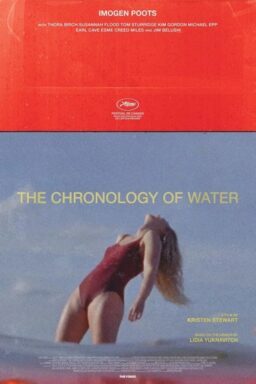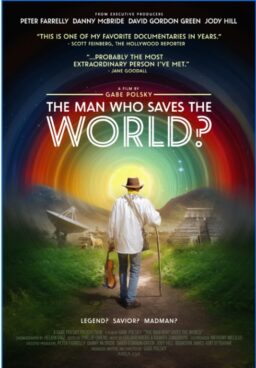I still have plenty of excellent Opening Shots submissions to edit and post — and I’m doing my best to get frame grabs to accompany them whenever I can. (Quiz answers coming soon, too.) To no one’s surprise, “Star Wars” (1977) has been the most popular nomination — and for good reasons. But do keep ’em coming. I think of new brilliant opening shots every day, so if your initial ideas have already been mentioned, keep thinking. (Or, if you’d care to add to the discussion of a particular shot, Comments have supposedly been enabled on certain posts — though I have to approve ’em first.)
A few notes about terminology, just so we can be sure we’re all speaking the same language:
shot: a continuous image on film, from the time it begins (when the camera is rolling) until a cut (or fade out or dissolve) takes us to the next image. Sometimes the word “take” — as in continuous shot — is used interchangeably, although it is more specifically used to refer to one of several attempts to “get” a certain shot during filming. The editor often chooses between several takes of a given shot, and may cut them into shorter shots, or inter-cut different takes with other shots.)
pan: when the camera pivots horizontally, usually on a tripod. If a shot is strictly a pan, the camera does not move from its location, it just swivels — as if you were standing still and turning your head. It can, of course, be used in various combinations with any of the other techniques below. The opening shot of “Psycho” is a simple pan. Later, a zoom and a crane shot are used in the opening sequence.
tilt: like a pan, but a vertical movement rather than a horizontal one. The camera does not “pan” up the exterior of a skyscraper from a position on the sidewalk across the street; it “tilts” up. The last shot of Robert Altman’s “Nashville” is a simple tilt up to the empty sky.
dolly shot: a shot in which the camera actually moves — usually when mounted on a dolly or a crane, and often on tracks which have been put down to ensure a smooth-gliding and precise movement.
tracking shot: sometimes used interchangeably with “dolly shot,” but technically a shot where the camera moves with, or “tracks,” another moving object in the frame — whether from above, below, ahead, aside, or behind. (See opening shot of “Birth” — which also appears to use a crane and a Steadicam.)
crane shot: a movement where the camera is mounted on a crane (and sometimes a dolly as well), usually to rise above, or descend to, the scene of the primary action. Lots of movies end with crane shots that raise up on a crane and sometimes dolly back at the same time (think of “Chinatown” or “The Silence of the Lambs“).
handheld shot: any shot in which the camera operator simply holds the camera manually, whether standing in one place or moving around within the scene. Often characterized by a certain shakiness that we’re used to experiencing as more immediate, immersive, or documentary-like than a solid, mounted camera, which can feel more detached and “objective.”
Steadicam shot: a Steadicam is a gyroscopic device that, as its name indicates, can be used to eliminate the shakiness of handheld shots for a smoother, more fluid movement — as if the camera is floating on air. (See “Halloween” for a dazzling example.) In a landmark shot at the beginning of Hal Ashby’s “Bound for Glory” (photographed by Haskell Wexler), the Steadicam operator is actually on a crane and lowered to the earth, where he steps off and continues the shot at ground level.
zoom: a zoom lens is simply a sliding telephoto lens that smoothly enlarges or reduces the size of objects in the frame optically, like looking through a adjustable telescope. The camera doesn’t necessarily move (though it sometimes does that at the same time), but appears to magnify or decrease whatever it’s looking at. As you zoom in on something, the image appears to “flatten.” (Recall the famous shot of Omar Sharif riding toward the camera across the desert in “Lawrence of Arabia” — he never really seems to get any closer because of the long telephoto lens that is used.) The dizzying “Vertigo” effect (after Hitchock’s innovation in that film) involves dollying in and zooming out at the same time (or vice-versa) — an effect employed memorably in a shot of Roy Scheider on the beach when a shark is sighted in “Jaws.”










